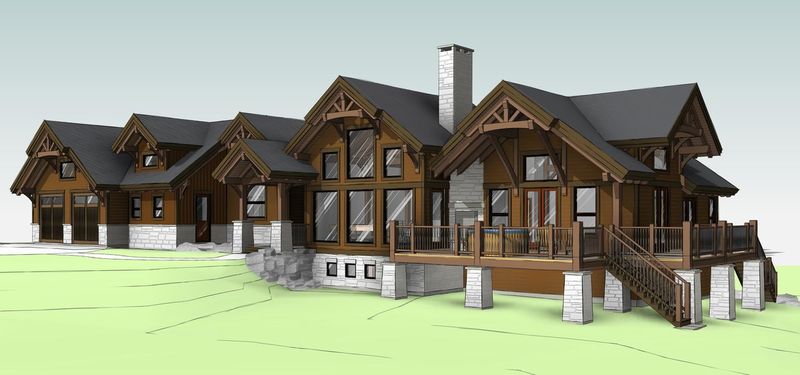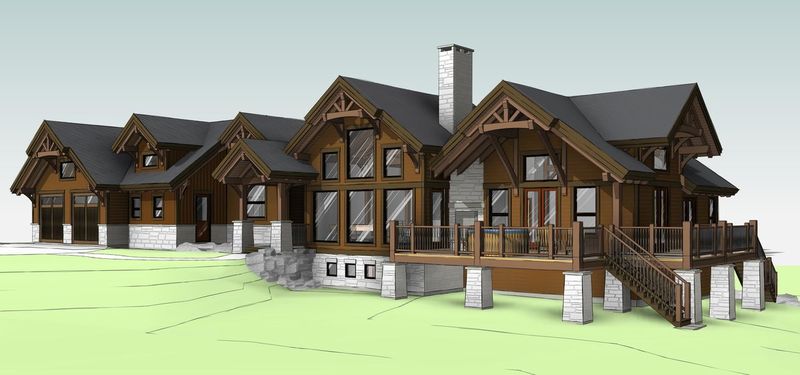Designing for Alpine Climates

This is my final blog covering the four broad climate types we find in North America. To close the conversation, I would like to discuss Alpine zones.
The main characteristics of the alpine climate include:
- Low humidity, high diurnal temperature range
- Four distinct seasons, winter exceeds human comfort range
- Cold to very cold winters
- Warm, dry summers
- Highly variable spring and autumn conditions
Homes in alpine environments have the highest thermal comfort energy use of any climate zone. The general objectives for buildings in the alpine zone is to reduce heat loss, provide protection against cold winds and provide alternate heating sources. Because the need for cooling is low, design strategies can mainly focus on heating energy use.
Here are some design ideas:
-Sunlight is key. Try not building on sites without good access to sunlight.
-Minimize east/west axis with good southern exposure
-Site new homes with adequate sunlight and protection from cold winter winds
-Plant coniferous trees on north, east and west sides of buildings to protect from winds
-Locate living areas on south for sun exposure and bedroom and service areas on north
-Consider multi-level designs that allows sunlight into all rooms while maintaining a
compact form
-Provide airlocks to entries
-Minimize and shade east and west facing glass in the summer
-Use windows for ventilation and night-time cooling in the summer
It’s difficult to harness the solar radiation from the sun without compromising the insulation effects of the building form. In the Alpine climate, it’s definitely a balancing act.
This concludes my series on design for specific climates. I hope that this has made you aware of various design principles that you can utilize within the design of your new home to better fit your specific environment.

